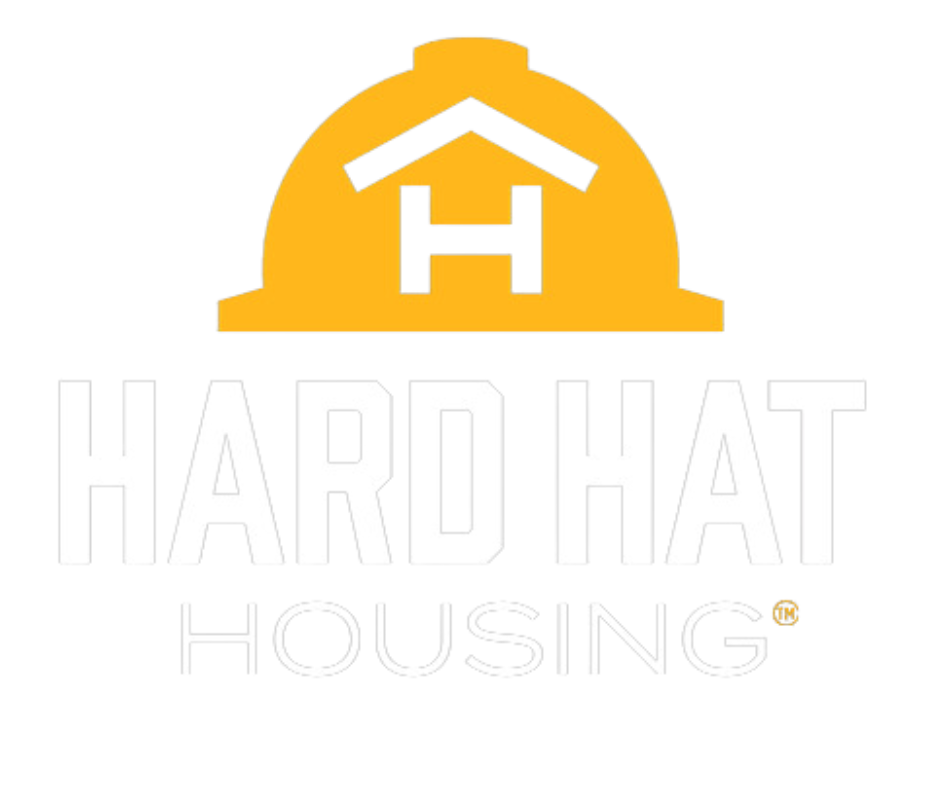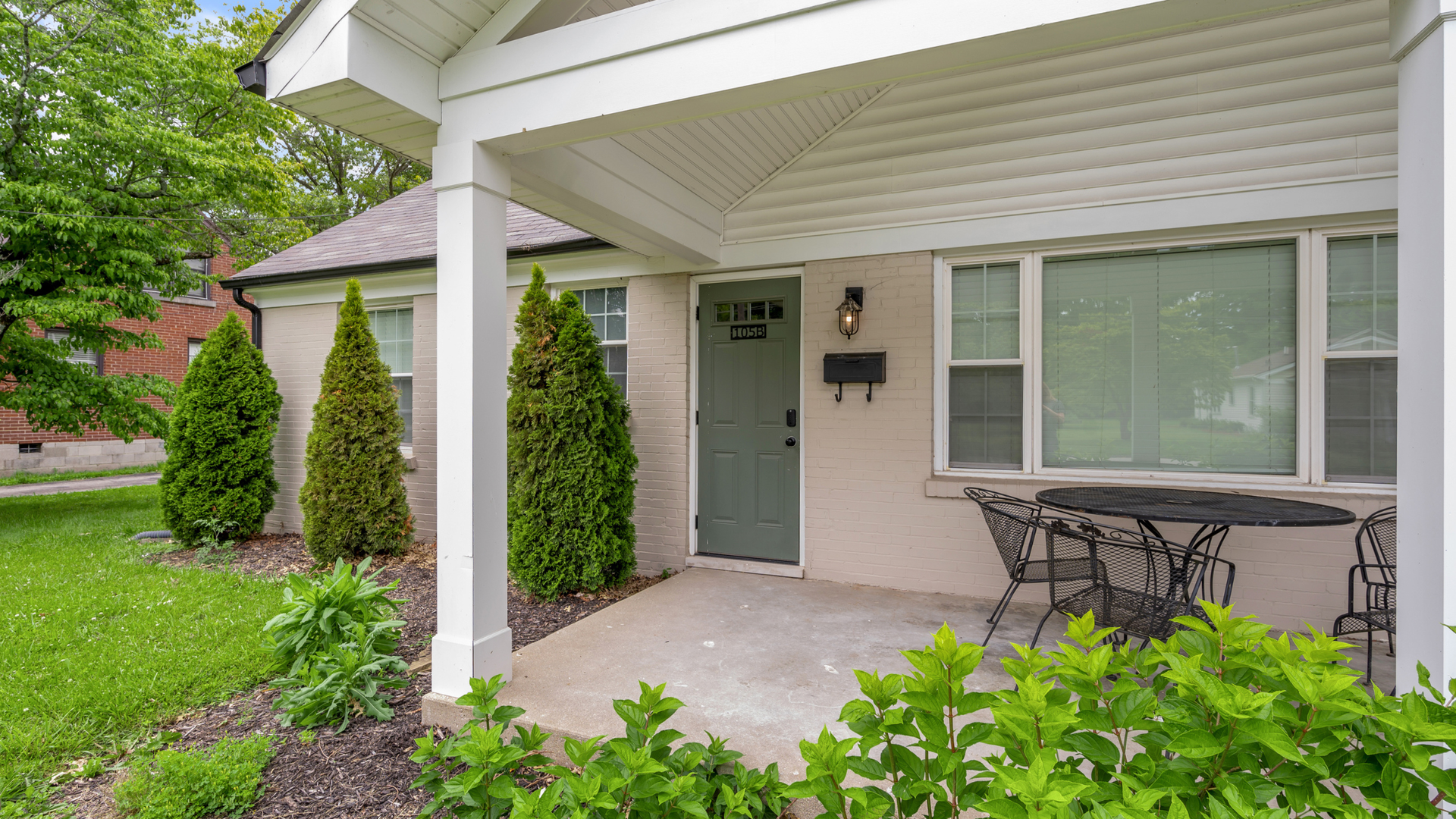How to Vet a GC or Subcontractor as a Tenant (Fair & Compliant)
Disclaimer: Hard Hat Housing does not offer legal advice. This article is for informational purposes only. For guidance specific to your situation, consult a qualified attorney or professional.
Rentals sometimes attract applicants who build for a living. General contractors and subcontractors often have fluctuating income, multiple 1099s, and seasonality that can spook an owner who is used to W‑2 pay stubs. The goal with contractor tenant screening is not to treat them differently, but to verify stability fairly and consistently while staying square with federal, state, and local rules. Below is a practical, U.S.‑focused playbook you can use today.
Set neutral written criteria and follow modern fair housing rules
Start with a written screening policy that applies equally to every applicant. List required documents, time frames, and benchmarks like income‑to‑rent ratios and credit score ranges. Keep it occupation‑neutral. Under the federal Fair Housing Act you cannot discriminate on the basis of race, color, national origin, religion, sex, familial status, or disability, and HUD has affirmed that sex protections include sexual orientation and gender identity. Build for fairness from day one and apply the same checklist to every applicant.
Make sure your criteria do not cause unlawful “disparate impact.” HUD reinstated its 2013 Discriminatory Effects rule, which means even neutral‑sounding policies can be illegal if they unnecessarily exclude protected groups. Design criteria that actually predict tenancy success, and document why each requirement matters for rent payment and property care. If criminal history is considered, use individualized assessments, avoid blanket bans, and align with local rules. New York City’s Fair Chance Housing Law, effective January 1, 2025, limits when and how you may consider convictions, and several West Coast cities restrict inquiries or the use of records. Review your local rules before you advertise or screen.
Verify 1099 income the right way for contractors and subs
Contractors’ earnings often vary by project. Instead of a narrow snapshot, request a fuller financial picture across time. Ask for the most recent two years of filed returns, including Schedule C if the applicant is a sole proprietor, plus the most recent 6–12 months of business or personal bank statements that show deposits. Pair those with recent 1099‑NEC or 1099‑MISC forms and, when available, a simple profit and loss statement. This creates a reliable cross‑check of reported income and actual cash flow. Several landlord guides updated in 2025 recommend exactly this approach for self‑employed renters.
Look for consistency, not perfection. Seasonal slowdowns and delayed draws are normal in the trades. A contractor’s bank statements that show regular deposits and reserves can offset an uneven month. If income averages are close to your standard, consider a co‑signer or a slightly higher deposit if allowed by your state. Tools like RentSpree’s 2025 income verification guide and mainstream renter education from Zillow outline acceptable proof for self‑employed tenants, and they reinforce the value of cross‑document verification over any single piece of paper.
Check the business behind the tools: license, insurance, and entity status
While you cannot prefer or reject someone because of their job, you may verify the legitimacy of any business documentation the applicant uses to prove income. If an applicant claims licensed contracting work, you can spot‑check that license in your state’s database. For example, California’s Contractors State License Board has a public “Check a License” look‑up, and Washington’s Department of Labor & Industries offers a “Verify a Contractor” tool that also shows workers’ comp standing and bond status. Use these only to validate the documents you were given, not to create a separate hurdle that you do not apply to other self‑employed applicants.
Ask for a current certificate of insurance if the applicant’s business income is tied to active projects. A valid COI for general liability and, when applicable, workers’ compensation supports the credibility of claimed contracts and revenue. Many insurance and risk‑management guides advise verifying COIs directly with the carrier. If the applicant rents under a personal name but lists business income, you can also confirm that the business exists via a state Secretary of State search, such as California’s bizfile or Florida’s Sunbiz. Again, keep the use of these checks limited to validating the proof of income you are reviewing, and do not turn them into a separate pass‑fail test unrelated to ability to pay rent.
Use compliant screening reports, respect accuracy rules, and handle adverse action properly
If you use any tenant screening product, you are in Fair Credit Reporting Act territory. Landlords must have a permissible purpose to obtain a consumer report and must deliver an adverse action notice if the report leads you to deny, require a co‑signer, request a higher deposit, or change terms. The Consumer Financial Protection Bureau explains what your adverse action notice must include, such as the screening company’s contact details and the applicant’s right to a free copy and to dispute errors. The FTC details the time limits on what tenant screening companies can report, such as the general 7‑year limit for most non‑conviction negative information and 10 years for bankruptcies. Accuracy matters, and federal agencies have taken action when reports are sloppy. Build a simple adverse action workflow so you never miss the notice.
Expect portable screening reports in some states. Colorado now requires landlords to accept qualifying tenant‑provided “portable” reports with specific elements, and Illinois allows reusable screening reports that are valid for 30 days. California standardized reusable reports within a 30‑day window, though acceptance is optional for landlords who choose not to use them. If you operate in a portable‑report state, update how you collect applications and fees so you do not trip over disclosure or fee rules. News coverage and state resources have noted some growing pains, but compliance is not optional.
Criminal history, vouchers, and AI scoring: screen with care
Criminal history remains a sensitive area. HUD’s 2016 guidance warns that blanket bans and decisions based on arrests can trigger fair housing liability because of disparate impact. Newer local rules tighten things further. New York City’s law effective January 1, 2025 restricts when and how covered housing providers can consider certain convictions, and Seattle and Portland maintain fair‑chance rules that limit adverse housing actions based on criminal records. If you consider criminal history, do it only after general eligibility is established, focus on relevant convictions, weigh recency and severity, and document an individualized assessment.
Treat algorithmic scores with caution. A widely reported settlement involving the SafeRent AI screening tool led to changes in how voucher holders are scored and highlighted the risk of disparate impacts from automated models. If you use any screening score, confirm how it treats housing subsidies and whether the vendor offers clear, dispute‑ready explanations. Do not outsource your judgment. You are always responsible for fair, accurate, and explainable decisions under the FCRA and fair housing laws.
A step‑by‑step contractor tenant screening checklist you can use
- Announce the same requirements to everyone. Post your written screening standards with your listing. Avoid any language about criminal records or exclusions unless required notices are provided by law. In NYC, for example, covered providers may not advertise criminal background restrictions and can only review limited data after a conditional offer.
- Collect complete, occupation‑neutral income proof. For self‑employed contractors and subs, request two years of returns, 6–12 months of bank statements, recent 1099s, and a simple P&L if available. Cross‑check names, EINs, and deposit patterns. Use averaging to account for seasonality.
- Validate business and licensure only to support income verification. If the applicant’s stated income depends on licensed work, you may confirm a license in your state database and request a current certificate of insurance as corroboration. Do not use licensure status as a proxy to deny housing if income is otherwise sufficient.
- Pull a compliant screening report and document decisions. Use a reputable consumer reporting agency. If you operate in a state that recognizes portable or reusable tenant screening reports, accept valid ones and adjust your fee practices. Keep a template adverse action notice on file.
- Assess rental history and references with the same rigor. Contact prior landlords and confirm on‑time payments, property care, and any lease violations. Many landlord communities emphasize that the best predictor of success is rental history plus verified income across time, not job title. Recent chatter in homeowner and landlord forums also reminds owners to verify a contractor’s insurance and license when those documents are used to support income.
- Handle criminal history and subsidies carefully. If your jurisdiction restricts criminal record use or protects source of income, train everyone who screens to follow the script. Michigan, for example, adopted source‑of‑income protections in 2025, and several cities enforce similar rules. Document an individualized assessment if you consider convictions.
- Give required notices every time. If you deny or impose different terms because of information in a consumer report, provide the CFPB‑compliant adverse action notice promptly with the screening company’s contact information and the applicant’s rights to a free copy and dispute.
Why contractor tenant screening works when you verify, not assume
When contractor and subcontractor applicants are screened with equal standards and an income‑over‑time lens, many meet or exceed risk thresholds. Their documentation simply looks different. A licensed GC with steady deposits, a trail of 1099s, and verified projects can be as strong as a salaried engineer. Your job is to test for stability, reserves, and rental responsibility, then follow a clean compliance path with adverse action notices and local‑law adjustments where required. That approach protects you from legal exposure and opens your property to more qualified renters.
A fair, modern approach earns better tenants
A strong contractor tenant screening process is about neutral criteria, time‑based income verification, and consistent notices. It avoids shortcuts like blanket criminal record bans or AI‑only scores, it respects portable report rules where they apply, and it keeps documentation organized so every decision is explainable. The result is a wider pool of reliable renters and far fewer headaches. If you operate across multiple jurisdictions, keep a short compliance checklist for each market and train every leasing decision‑maker to follow it.













